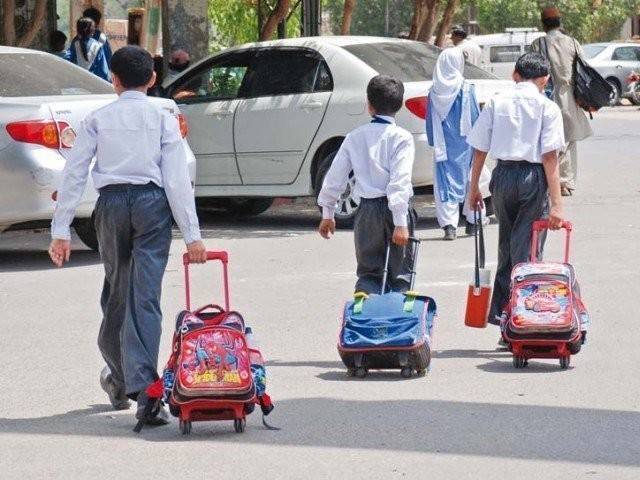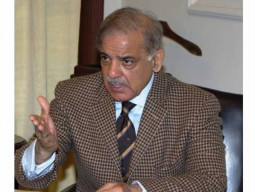
LAHORE: If the country maintains current school enrollment trends, it will take it till 2076 to achieve full enrolment. Annual improvement in enrolment rate will need to be raised fourfold to attain the full enrolment target by 2030.
Boston University professor Adil Najam expressed these views in a talk at the Information Technology University (ITU) on Friday.
He said the observation was based on information gathered for the United Nations Development Programme’s Human Development Report for the country. He said the report, a work in progress, was particularly focused on the status of the country’s youth.
Najam said education, employment and [policy] engagement were the three human development indicators studied in the report for the youth.
Discussing the importance of generating more jobs for the youth, he stressed the need for a comprehensive approach rather than a singular focus on creating jobs in the public sector. He said the employment concerns should be taken into consideration in the economic growth policy. It should not be part of the youth policy, he added.
In terms of engagement, he said the report had studied the youth’s perception about their say in policy-level decisions.
Najam said the country was going through a youth bulge. “64 per cent of our population is under the age of 30. Pakistan has the second youngest population in the region. Policy makers are particularly interested in the demographic in the 15-29 year age bracket,” he said.
He said without any policy-level intervention the number of young people would be more than the preceding year every year from now till around 2055 and 2060.
Najam said economic growth in countries like India, Malaysia and Turkey was owed to sound management of their youth bulges. “The youth can be more enterprising as they may be willing to take greater risks,” he said. If managed poorly, however, a youth bulge could end up in a bust, he said. He said Tunisia was an example of this. The country’s failure to manage its youth bulge had led Mohamed Bouazizi, a fruit vendor with a college degree, to end his life – an event that triggered the Arab Spring uprising.
Among other factors, Najam said the country’s response to the menace of extremism would determine if its youth bulge would culminate in a boom or a bust.
Sharing some findings of the report, Najam said that in a sample of 100 youngsters 35 said that they engaged in extra-curricular physical activities once a week and only seven reported access to a sports facility.
Najam said statistics used in the report were either approximates or based on a country-wide household survey conducted by the government after every two years. He said for the first time the report had also covered the Federally Administered Tribal Areas (FATA). He stressed the need for a census to ensure accuracy of data used in preparation of such reports. “A census is crucial for the government to do its job well,” he said.
Published in The Express Tribune, April 30th, 2016.
















































COMMENTS
Comments are moderated and generally will be posted if they are on-topic and not abusive.
For more information, please see our Comments FAQ